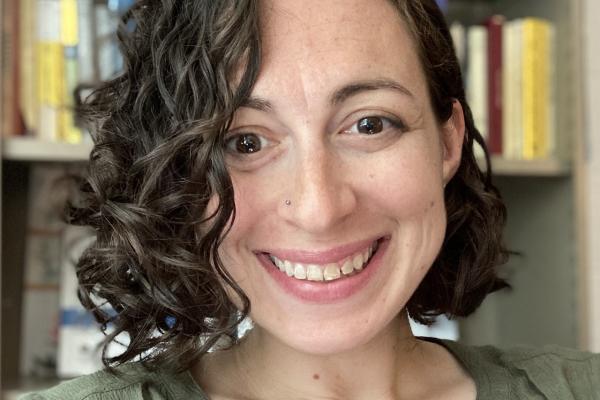
Jen Berg
Bucknell University
Title
Brauer-Manin obstructions requiring arbitrarily many Brauer classes
Abstract
If a variety X over the rationals has p-adic (local) points for each p, then one might ask whether X has any (global) rational points. To start, we can impose conditions on the collection of all local points on X to narrow down the possible subset of global points, should any exist. One fruitful approach uses an algebro-geometric object called the Brauer group of X which defines an obstruction set; if this set is empty, then it guarantees the set of rational points is empty, too.
For some nice classes of surfaces, if X is locally soluble for all p but does not have a rational point, then the Brauer group of X is conjectured to be the cause. In general, when such an obstruction occurs, it arises from a finite number of classes in the Brauer group. One might wonder whether properties of this finite subset can be determined in advance, i.e., without computing the obstruction set. In the case of cubic surfaces, for example, it is known that just one Brauer class is needed to detect an obstruction. In this talk, we’ll discuss work that shows we cannot always hope to give such quantitative bounds; for any integer N > 0, we construct conic bundles over the projective line for which the Brauer group modulo constants is generated by N classes, all of which are required to witness an obstruction. (This is joint work with Pagano, Poonen, Stoll, Triantafillou, Viray, Vogt.)
